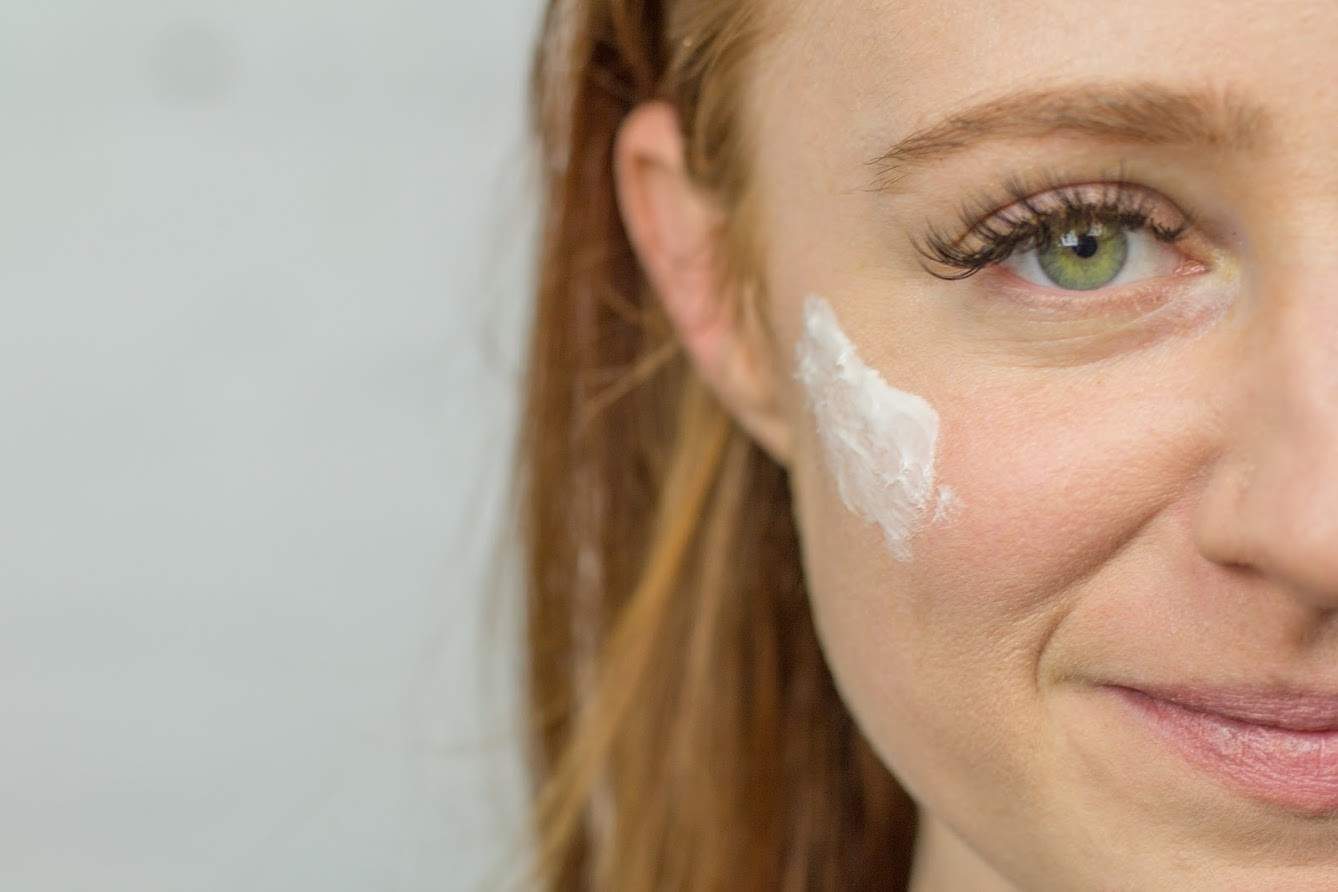If you are wondering what the best skin care line for mature skin is, there is no one-size-fits-all answer. Skin differs from person to person, especially when hormone levels fluctuate, as you get older, but some of the best care for mature skin can be taken into practice if the customer is fully aware of the different ingredients and their different uses and benefits.
If you've been looking for the best skin care products for acne, you've probably noticed that the treatments that worked well in your 20s don't give you the same results in your 40s and 50s. This is because your skin is thinner and drier than it used to be. Look for products with salicylic acid, vitamin C, and retinol, to stimulate cell regeneration and help unclog pores. Start with small changes to your ritual: switch your cleanser to a formula with salicylic acid - and try a gentle, yet highly nourishing moisturizer, which will go a long way in repairing your skin.
Mature skin is skin that has gone through a lot of wear and tear. It has been exposed to the environment, sun, pollution, and stress. Mature skin also has less elasticity than younger skin.
It is important to note that the skincare routine for mature skin should be different from younger skin. You should use products that are more gentle on your skin and will not strip it of its natural oils as oily products do.
Skincare for mature skin should also include SPF to protect it from the harmful UV rays which can lead to premature aging or wrinkles.
Caring for mature skin requires an adapted routine, with morning care that always differs from that applied in the evening. In the morning, whatever your skin type, a routine includes several key steps:
- Cleaning,
- Hydration with a day cream,
- Deep care with a serum,
- Make up.
In the evening, the routine is carried out in the other direction:
- make-up removal,
- Cleaning,
- Hydration with a night cream,
- Optionally, night repair serum.
This routine is to be completed by applying a scrub once a week, and a mask two to three times a week.
Cleaning the mature skin
Cleansing your skin rids dead cells and stimulates the creation of new skin cells. Cleansing is therefore valuable as part of a mature skin routine. It can be energetic to stimulate blood circulation and tone the face.
However, it must remain soft, so as not to attack your already sensitive skin. We will therefore spend little time underwater, because it dries the skin, and we will promote cleaning with the fingertips by making circular movements.
Hydrating the mature skin
Deprived of natural production of hyaluronic acid, mature skin must be deeply hydrated morning and evening, after having been cleansed. For mature skin, it is particularly important to apply a different day cream and night cream.
What is the difference between a day cream and a night cream?
Your day cream should both protect and hydrate your skin. It should ideally contain SPF protection to protect you from UVA and UVB rays, which accelerate skin aging. Its texture, however, should not be greasy, to make your foundation hold properly while avoiding smothering your skin and creating shine.
A night cream should take advantage of the restorative action of sleep on skin cells, making the most of moisturizing and nourishing agents, and in the case of mature skin, anti-aging.



